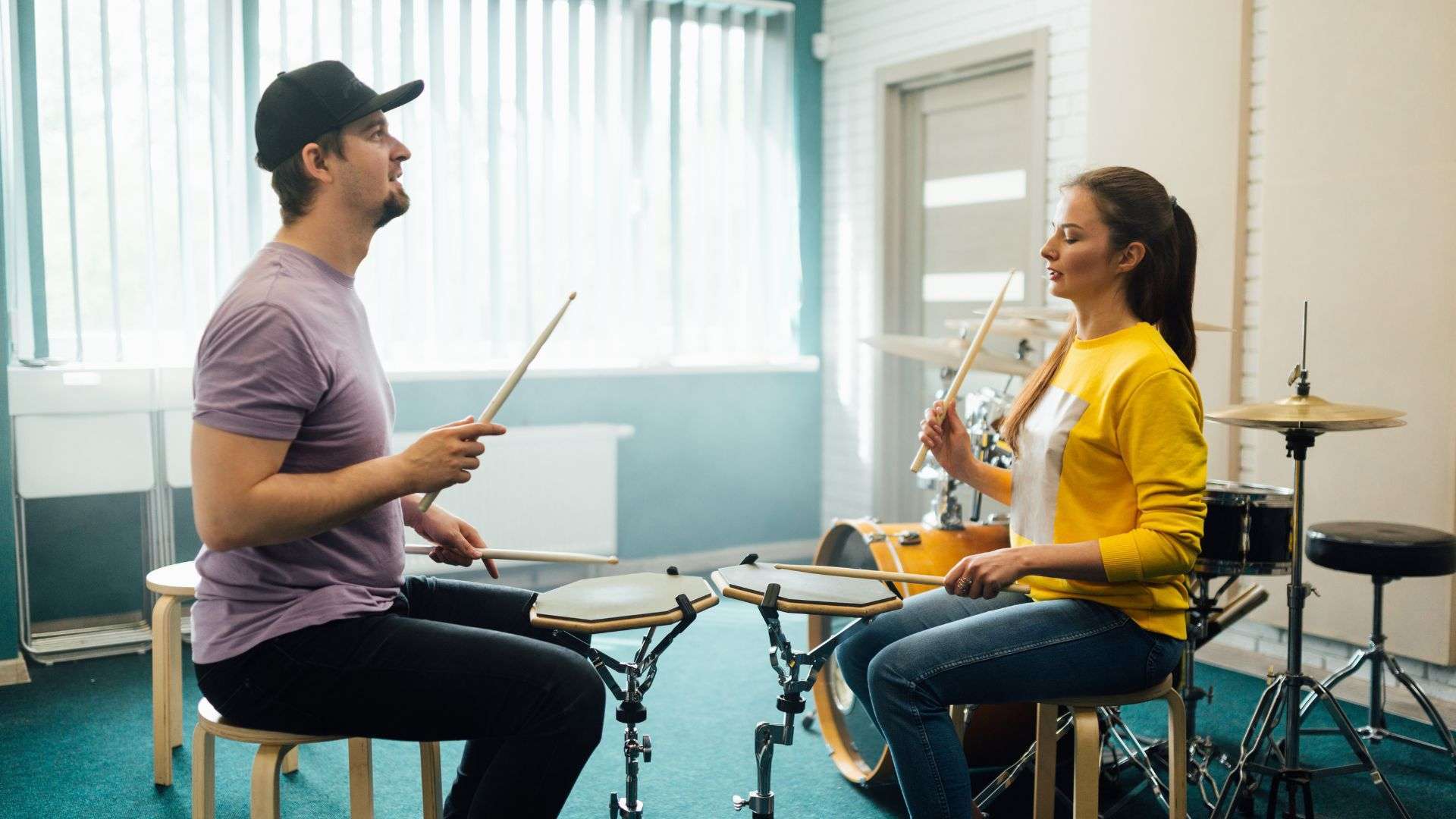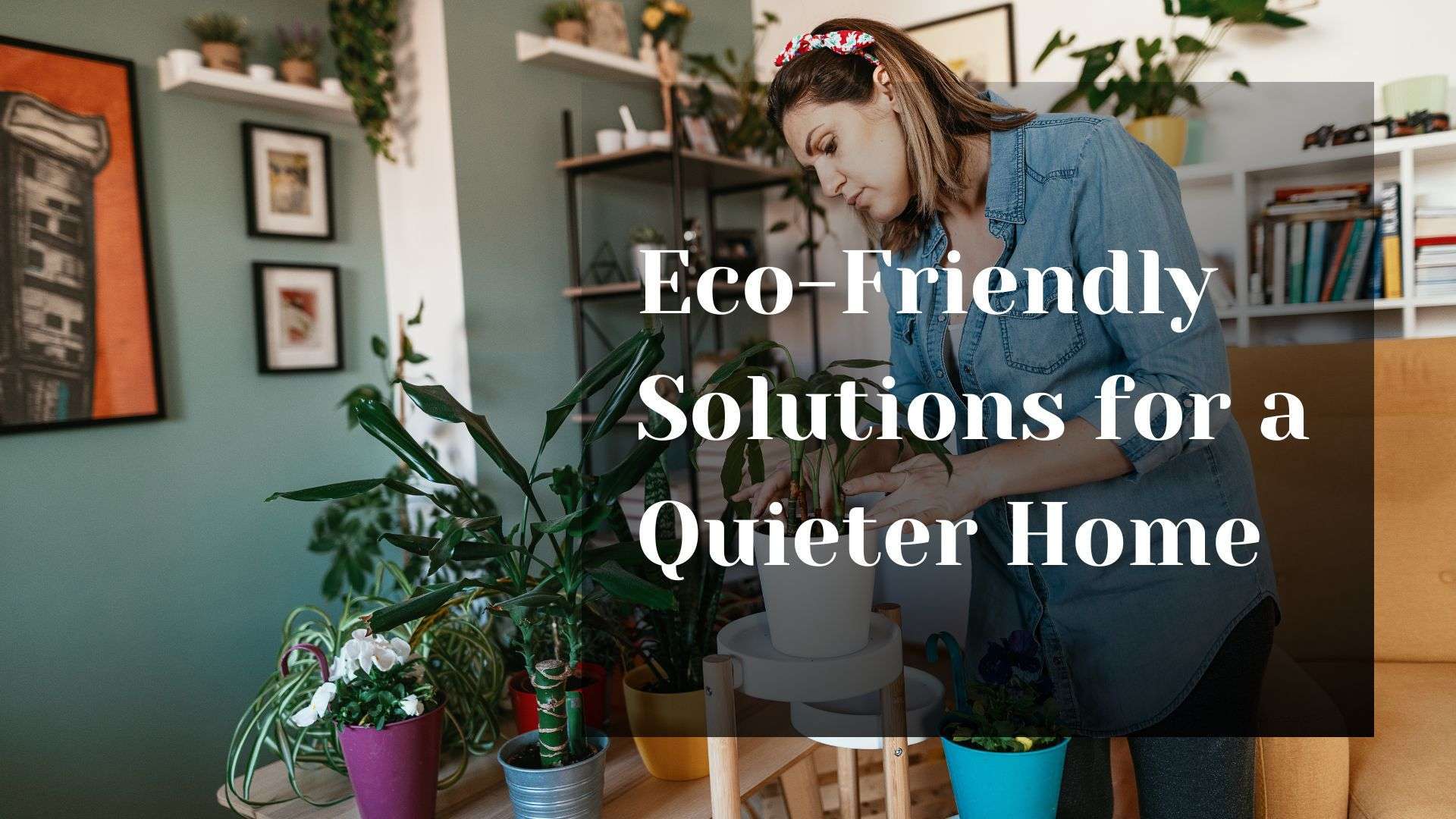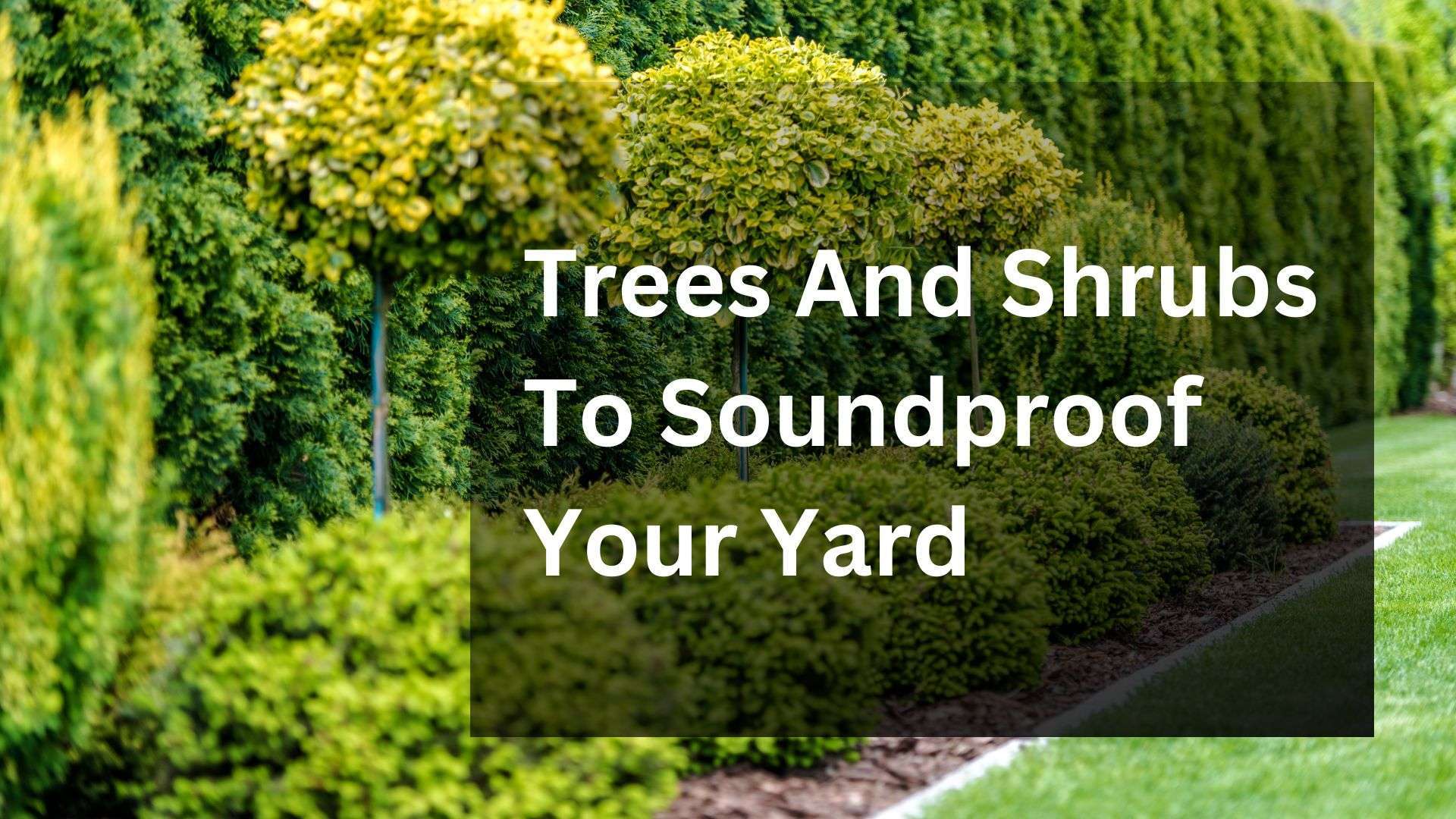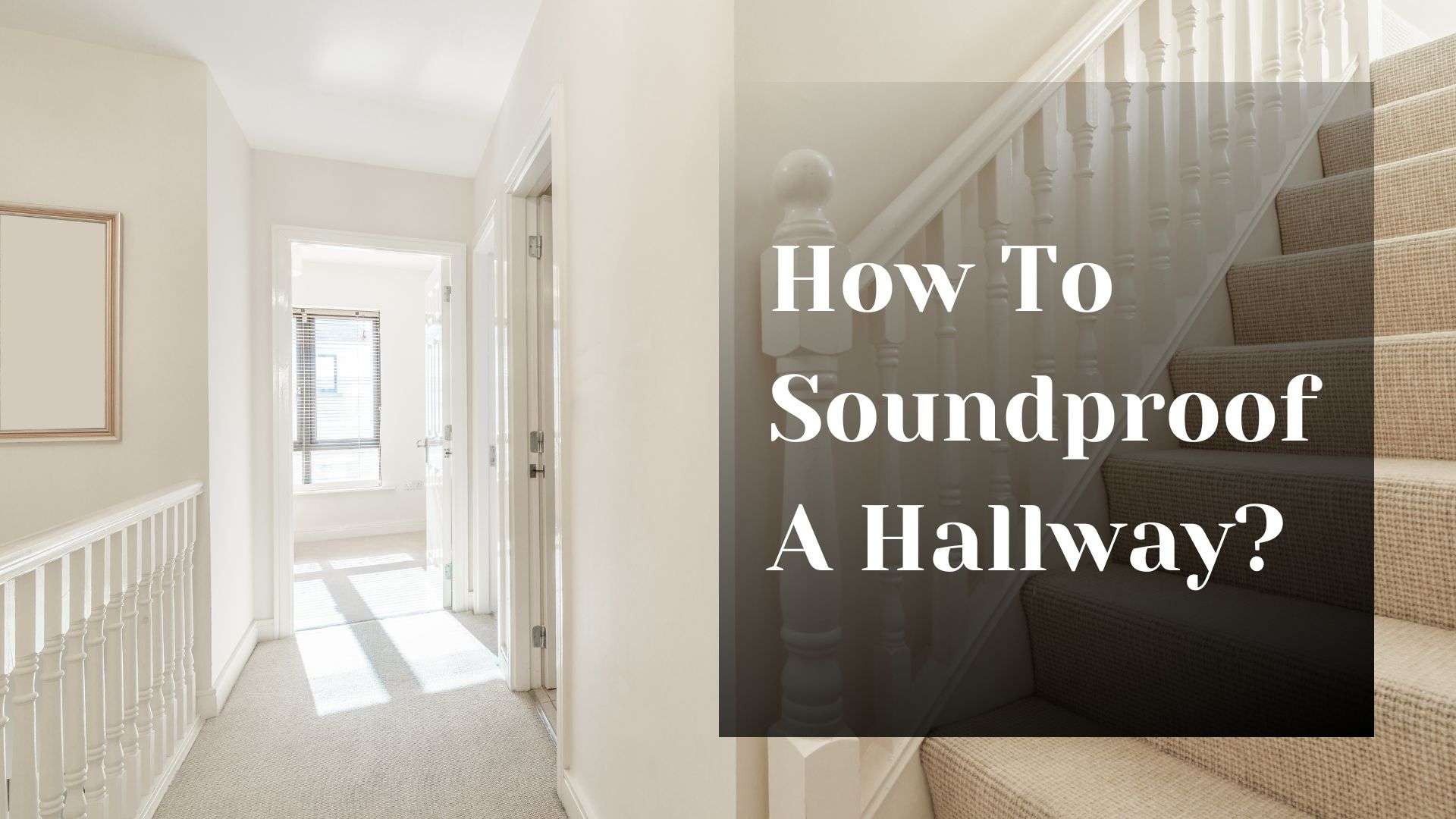Powdering The Insole For Friction Reduction
Targeting friction, a common cause of the bothersome squeak in shoes, is one of the easiest and most successful ways to solve the problem.
The method makes creative use of common household powders like cornstarch, talc, and baby powder.
The idea behind this method is that by acting as lubricants, these particles reduce friction between the insole and the shoe’s internal surface.
To begin using this procedure, take care to remove the insole from the shoe without damaging it or changing its shape.
After removal, generously dust the inside of the shoe with your preferred powder, paying special attention to the regions where the insole rests.
This coating of powder has two functions: it lowers friction and aids in absorbing any extra moisture in the shoe, which is a common element that can make squeaking worse.
Replace the insole and make sure it is securely fastened after using the powder.
Ultimately, take a few steps around in the shoes to see if the creaking has stopped.
This technique is very helpful because it takes care of the squeak at its source and is simple to use again when necessary.
Read More: How To Make Heels Less Slippery?
Conditioning And Moisturizing Leather Shoes
Despite their beauty and toughness, leather shoes can sadly start to creak, usually because the leather dries out.
When the leather surfaces contact with one another or against other areas of the shoe, this drying process may cause the friction to rise.
Regular use of leather conditioner or moisturizer, which restores the natural oils lost over time and keeps the leather supple while lessening squeaks, is the answer.
Make sure the leather shoes are dry and clean before attempting to condition them.
Using a soft cloth or sponge, lightly apply a tiny amount of leather conditioner and rub it into the leather in circular motions, paying special attention to regions that appear very dry or are referred to as friction points.
More To Read: How to Make Heels Quieter?
The amount to use and the absorption duration can vary, therefore it’s important to refer to the product’s exact instructions.
Certain conditioners would need to soak into the leather for many hours, while others might advise leaving it overnight.
In addition to preventing squeaks, well-conditioned leather prolongs the life of the shoes while preserving their comfort and aesthetic appeal.
This preventive care can be very satisfying because it keeps your beloved leather shoes impeccably silent and in perfect shape.
Dry Out Wet Shoes
It’s imperative that you completely dry your shoes to get rid of moisture-related squeaks.
To expose as much surface area to air as possible, start by removing the insoles.
Next, place your shoes where they will benefit from sufficient ventilation but not direct heat as this could damage the materials.
Stuff newspaper into your shoes for a quick drying technique. By acting as a sponge, the paper removes moisture from the leather or fabric of the shoe.
This method helps your shoes keep their shape as they dry and also expedites the drying process.
In order to ensure that all moisture, which can cause more squeaks, is successfully removed, remember to replace the newspaper regularly until the shoes are entirely dry.
Addressing A Loose Sole Or Heel
A loose heel or sole can be a typical cause of shoe squeaks, making noise with each step as the separated portions move.
Start by carefully examining your shoes for any indications of looseness or detachment in order to fix this problem.
In order to enhance the adhesive’s efficacy, make sure the shoe is totally clean and dry before beginning any repairs if you find a troublesome region.
Use a shoe-specific glue and carefully apply it as directed by the manufacturer.
Usually, this entails putting a thin layer of glue on both surfaces, giving it a certain amount of time to grow tacky, and then firmly pressing the components together.
Giving the adhesive enough time to dry is essential; this could take many hours or even overnight.
Your shoe’s structural integrity can be restored with this repair, which will stop any squeaks coming from moving parts that have come loose.
Using Lubricants On Squeaky Soles
If you have sole squeaks, especially with rubber soles, lubrication can be a simple, fast fix.
By simply applying WD-40 or silicone spray to the noisy location, you can lessen the friction causing the noise.
To protect the shoe, you must, however, act cautiously to prevent damage.
To make sure the lubricant won’t damage or discolor the material, try it on a small, hidden piece of the sole before using it widely.
If the test area is still unaffected, lubricate the troublesome area with a mild spray or application.
By erecting a barrier that lowers friction, this technique muffles the squeak. Afterward, be sure to remove any extra oil to preserve the sole’s look and traction.
Final Thoughts!
Wave goodbye to the unwelcome concert of squeaky shoes. You can welcome a world in which your footsteps are as silent as shadows if you simply add a dash of willpower and use the appropriate approach. Whether it takes a few minutes to apply some powder or requires professional assistance, you can silence your chattering friends.
Imagine going through the phases of life with confidence and subtlety, making an influence that is both felt and seen. This method gives you the ability to muffle the annoying soundtrack of your feet, making it your hidden weapon against the din beneath your feet. Move forward into the quiet, when each step exudes calm assurance and the squeaks become a thing of the past.











